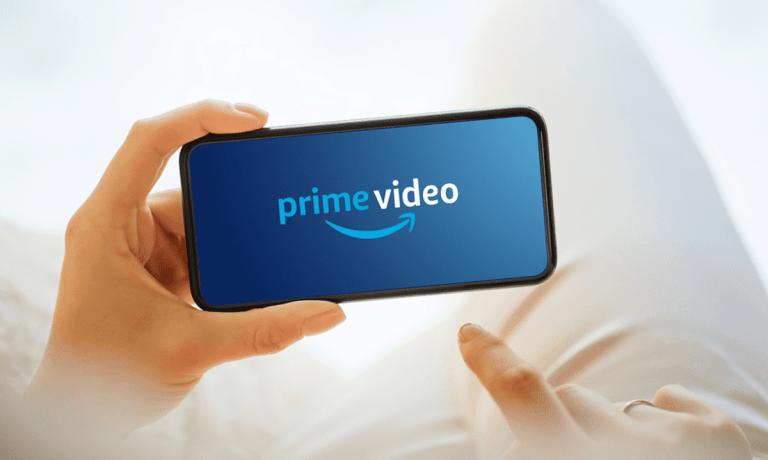
“When times get tough, the tough get going,” it is often said, but even so, what better way to unwind after a long day of fighting high prices and scavenging for deals than to sit down and enjoy a little “me time” with your favorite show, movie or game.
Whether on a big screen TV or a handheld device, the new American pastime is all about content. As such, the battle to meet — and feed — this new consumption habit is not only high stakes, but it is super competitive and happening at a time of increasing consumer discernment over price, value, convenience and fun.
But unlike the core retail battleground categories, such as groceries, apparel, health and beauty or household goods and furnishings, where Amazon and Walmart have slugged it out for years, the budding streaming media war serves a different purpose and requires a completely different out-of-store mindset where shows and entertainment become part of an ever-increasing bundle of member benefits.
Bundle Up
The latest twist in the blossoming subscription wars, where Amazon’s 200+ million paid Prime subscribers are estimated to be three times larger than those using Walmart+, has reportedly seen the underdog in talks with no less than three major media players.
As reported by The New York Times this week, per unnamed people familiar with the talks, Walmart’s potential pondering of its own streaming media deal to neutralize the growing Prime Video stable of content, has led it into talks with Paramount, Comcast and Disney.
Further raising the stakes, or at least the potential impact of such a deal — should it even come to fruition — is the revelation this week that Disney has now edged ahead of Netflix and boasts the nation’s largest streaming media subscriber base of 221 million paying customers. The fact that Disney’s streaming media portfolio also includes ESPN and Hulu cannot be overlooked or trivialized.
For those who may have missed a few episodes, Amazon’s slow and steady build of Prime Video over the years has seen a steady growth and enormous investment in producing and purchasing original content. Recent highlights include Amazon’s new NFL Thursday Night Football coverage as well as its $6.5 billion acquisition of MGM Studios in March and its library of 4,000 movies and 17,000 TV episodes. All of it, of course, is included for free to Prime members.
The Cost of Winning on Cost
To be sure, Walmart has yet to officially tip its hand on how it plans to bolster its omnichannel pitch to consumers, and whether a direct fight on a brand-new front against Amazon Prime and its formidable Video offering even makes sense, both economically and logistically, given the current state of the world and its business.
While analysts are sure to probe that point — and many others — when Walmart reports its second-quarter earnings results Tuesday (Aug. 16) morning, its long-term strategic goals are likely to be eclipsed by the growing inventory and consumer spending challenges it is trying to rectify.
As it is, since reporting first-quarter results in May, the company came out with two separate business updates during the past three months, first cautioning investors about the deteriorating climate and the need to cut prices to move merchandise, followed by a straight-up reduction in its profit forecast in late July.
While those factors and figures have already been digested by the market, what investors will really want to tune in to see when CEO Doug McMillon takes the mic is how the two-month slump in the price of gasoline is playing out with the 150 million customers who visit its store and website each week.
For all PYMNTS retail coverage, subscribe to the daily Retail Newsletter.